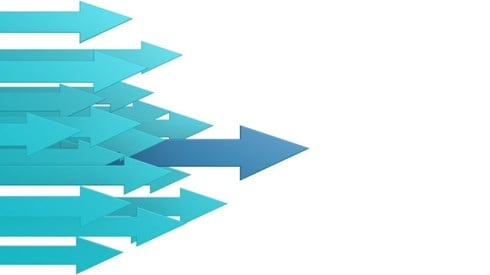Marsh Benchmark Report Documents Continued Captive Insurance Growth

October 04, 2021 See Related Articles and Videos

As conditions continue to tighten in the commercial insurance market, more captive insurance companies are being created, according to a newly released Marsh Captive Solutions report.
The September 2021 report, titled The Captive Landscape: Global Growth Affirms Captives' Value in Solving Business Challenges, is based on Marsh Captive Solutions' annual benchmarking survey of more than 1,300 Marsh-managed captive insurance companies. This year's report is Marsh's 14th edition.
So far this year, Marsh has helped its clients set up 65 captive insurance companies and is on track to set up a total of at least 100 captives by the end of the year. In 2020, Marsh also helped clients set up more than 100 captives.
"We continue to see growth in 2021 in nearly all captive domiciles around the world from existing captives as well as new formations," Ellen Charnley, president of Marsh Captive Solutions, said in a statement. "We are on track to form a significant number of captives this year."
The Marsh report notes that when facing difficult operating conditions and higher insurance premiums in the commercial market, many organizations choose to retain more risk through higher deductibles or self-insured retentions and buying insurance above those levels. That's precisely the course Marsh captive insurance clients chose in 2020, the report says, increasing the premium volume in existing captives or choosing to form new captive insurance entities.
The report notes the significant growth in risks that captive insurance companies didn't cover years ago. For example, in 2020, there was a 13 percent increase over the previous year in the number of captives covering cyber risk, as well as a 54 percent increase in net premiums for cyber-risk coverage.
"The growth in nontraditional risks, such as cyber—which was not written by captives a decade ago—is another sign of the value [captive vehicles] provide in helping firms solve challenges and support strategic objectives," Ms. Charnley said.
At the same time, captives are taking on more third-party business—risks unrelated to their parents. Over the last 5 years, third-party business has risen by 85 percent, including a 13 percent increase in 2020, according to Marsh.
"Some captive owners see additional value in third-party business as a way to strengthen relationships with customers, key business partners, and employees," the Marsh report notes.
Single-parent captives remain, by far, the largest type of licensed captives, according to the report. Nearly 75 percent of captive insurance companies managed by Marsh are single-parent, followed by special purpose vehicle and cell captives, each of which accounts for more than 8 percent of Marsh-managed captives, while more than 4 percent are group captives and more than 3 percent are risk retention groups.
While cell captives account for only a small percentage of captives, they are rapidly growing. The number of cell captives jumped more than 50 percent year-over-year in 2020, compared to a 6 percent increase in single-parent captives, according to Marsh.
Captive formation growth varied widely by region, the Marsh survey found. For example, the number of captives with parents based in the Asia Pacific region rose by 25 percent in 2020, while the number of captives with Middle Eastern parent organizations increased by 20 percent, followed by a 7 percent increase in captives with North American parents.
By industry, financial institutions had the highest number of captives—287—managed by Marsh in 2020, up from 249 in 2019. The Marsh survey found that other industries with a high number of captives in 2020 include health care with 142 captives last year, up from 136 in 2019, and manufacturing, where Marsh managed 84 captives in 2020, up from 76 in 2019.
Captive insurance companies' premium volume increased sharply last year in certain domiciles. In Guernsey, for example, captive premiums jumped 79 percent, while premium volume for captives licensed in Singapore increased 30 percent in 2020 and 20 percent in Bermuda and the Cayman Islands. Premium volume of captives licensed in the United States rose 6 percent in 2020, the Marsh survey found.
In all, 27 percent of captive insurance companies had more than $20 million in net premiums, according to the Marsh report, up from 23 percent in 2019.
Captives' net premium volume for certain lines of coverage increased significantly in the last year. For example, net premiums for medical stop-loss coverage leaped to nearly $2.6 billion in 2020, up 81 percent from just over $1.4 billion in 2019. Marsh reports the biggest percentage increases in net premiums by lines of coverage were for credit disability coverage with a 1,044 percent increase, rising to nearly $30 million in 2020, up from just over $2.5 million in 2019.
Looking at Marsh-managed captives owned by large companies—those with a market capitalization of at least $1 billion and/or writing at least $20 million in gross premiums—Marsh reports that the most common line of written traditional coverage is property, which is written by 56 percent of large company captives.
The Marsh survey also found that financial institutions account for the largest share—14.8 percent—of captives owned by large companies, while 10.5 percent are sponsored by retail/wholesale companies, and 9.5 percent are sponsored by energy companies.
October 04, 2021






